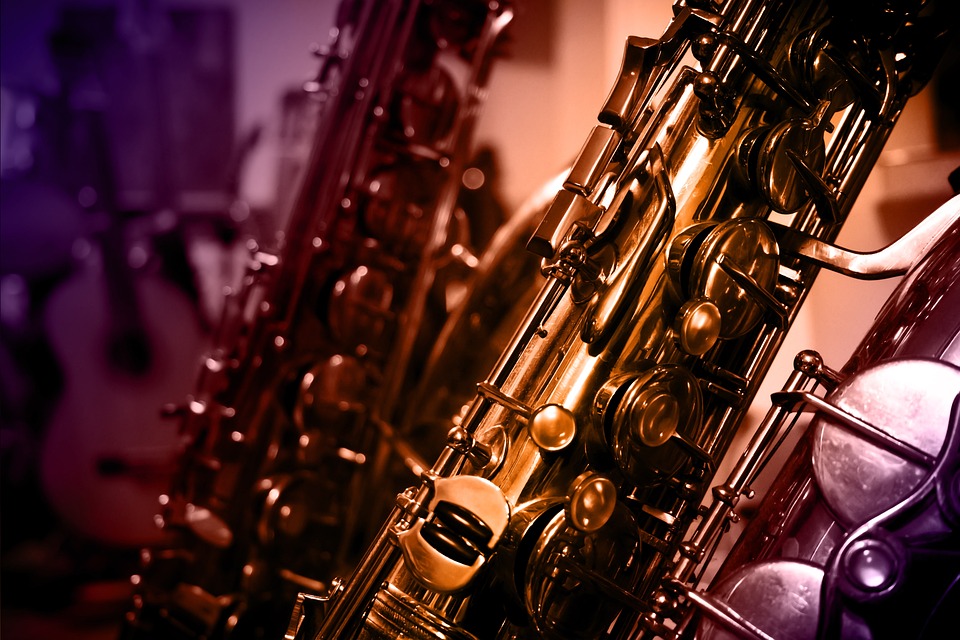The Evolution of Animation: From Hand-Drawn Classics to CGI Wonders
Animation is a vibrant art form that has captivated audiences since the dawn of cinema. Its evolution reflects technological advancements, cultural shifts, and the ceaseless creativity of artists. From the charming hand-drawn images of early pioneers to the dazzling CGI spectacles of today, the journey of animation is a fascinating story of innovation and imagination.
Early Beginnings: The Birth of Animation
The roots of animation can be traced back to ancient times. The earliest known example is the cave paintings of Lascaux, France, which depict animals in motion. However, the formal journey began in the late 19th century with the invention of devices like the zoetrope and phenakistoscope, which created the illusion of movement through sequential images.
In 1908, Émile Cohl produced one of the first fully animated films, “Fantasmagorie,” featuring hand-drawn characters and whimsical scenes. This wave of creativity surged forward with Winsor McCay’s “Gertie the Dinosaur” in 1914, which showcased the potential of animation as a storytelling medium. The silent film era highlighted the artistry of hand-drawn animation, leading to the classic works that we know today.
The Golden Age of Animation
The 1920s to the 1960s is often referred to as the Golden Age of Animation. Landmark productions emerged during this period, with figures like Walt Disney revolutionizing the industry. Disney’s “Steamboat Willie” (1928) introduced synchronized sound, marking a significant evolution in the animation experience. It was followed by milestones such as “Snow White and the Seven Dwarfs” (1937), the first-ever animated feature film, which garnered critical acclaim and commercial success.
This era also saw the rise of other notable studios, such as Warner Bros. and MGM. Iconic characters like Bugs Bunny, Donald Duck, and Tom and Jerry were born, each embodying a unique form of humor and storytelling. The artistry of hand-drawn animation flourished, with painstaking frame-by-frame techniques becoming the norm, cultivating a distinctive aesthetic that still resonates in contemporary culture.
Embracing Technology: The Transition to CGI
As the 1980s approached, the animation landscape began to shift dramatically with the advent of computer-generated imagery (CGI). The first notable CGI film was “Tron” (1982), showcasing the potential of digital technology in animation. However, it was Pixar Animation Studios that truly transformed the industry, pushing the boundaries of what animation could achieve.
In 1995, Pixar released “Toy Story,” the first entirely 3D animated film, which combined storytelling brilliance with cutting-edge technology. The movie’s success was a watershed moment, demonstrating that CGI could captivate audiences just as effectively as traditional hand-drawn animation. Subsequent hits like “Finding Nemo,” “The Incredibles,” and “Up” solidified the viability and popularity of CGI, leading to an explosion of 3D animated features from various studios.
The Fusion of Techniques
While CGI dominated the landscape, many studios began to explore a fusion of techniques, blending traditional hand-drawn animation with digital enhancement. “The Princess and the Frog” (2009) celebrated Disney’s return to hand-drawn features while integrating modern technology, proving that the art form could evolve without losing its roots.
Moreover, films like “Spider-Man: Into the Spider-Verse” (2018) pushed the boundaries of animation by adopting a unique visual style that combined hand-drawn elements with CGI, breaking conventional norms and showcasing the limitless possibilities of the medium.
The Future of Animation
Today, animation continues to evolve at a rapid pace, driven by advancements in technology. Virtual reality (VR) and augmented reality (AR) are entering the realm of animation, offering immersive experiences that engage audiences in new ways. Moreover, platforms like Netflix, Disney+, and YouTube have opened doors for independent animators, granting them access to global audiences and democratizing the industry.
The recent surge in popularity of animated series and films also underscores a broader acceptance of animation as a legitimate storytelling medium, appealing to both children and adults alike. The narrative depth, visual experimentation, and production quality are continually improving, reflecting the ongoing innovation in animation.
Conclusion
The evolution of animation is a testament to the power of creativity and technology. From the quaint charm of hand-drawn sketches to the dazzling allure of CGI, animation has transformed over the years while retaining its essence as an imaginative and expressive medium. As we look to the future, the possibilities for animated storytelling are boundless, promising an exciting era filled with new wonders and creative breakthroughs. Animation is not just an art form; it’s a boundless journey that continues to shape and inspire the world of entertainment.


